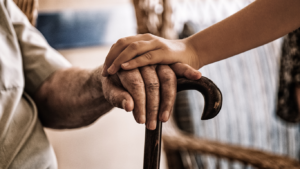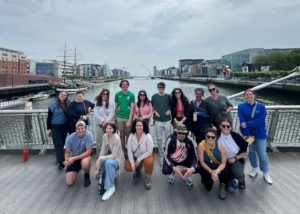A recent study by Yeon Jin Choi, Ph.D., assistant professor at the University of Kentucky College of Social Work, highlights a critical but often overlooked connection between neighborhood disorder and mental health. Choi’s research, released in October 2024, found that visible signs of neighborhood disorder can cause harm to the health of older populations living within that neighborhood.
“Neighborhood disorder is a perceived or observed lack of social control and order in a community”, said Choi. “It can include physical and social signs of disorganization and have a significant impact on the health and well-being of individuals within the community.”
Her study examined how neighborhood disorder and poverty influence hopelessness among older adults. Factors such as vacant homes, vandalism, and fear of walking alone were directly linked to emotional distress, including a pessimistic outlook on the future and a sense of unattainable goals.
“Hopelessness is one of the strongest predictors of poor mental health,” said Choi. “But poverty alone isn’t the biggest factor in this study. Instead, it’s the daily realities of their surroundings—abandoned homes, unsafe streets, and visible signs of disorder—that have the strongest impact on their mental health.
Hopelessness is more than an emotional struggle; it is a public health concern. Research has linked persistent feelings of despair to depression, cognitive decline, chronic illness, heart disease, and even premature death.
Choi’s findings suggest a clear path for intervention: 75% of the connection between poverty and hopelessness is explained by perceived neighborhood disorder. In other words, improving the physical condition of a neighborhood could significantly enhance residents’ mental health and quality of life.
The study serves as a call to action for policymakers, local leaders, and community organizations. Simple efforts like cleaning up public spaces, installing more streetlights, and hosting community events can make a tangible difference.
“People often think of mental health as an individual issue,” Choi said. “But this study shows it’s also an environmental issue. If we want to support vulnerable populations, especially older adults, we must start with where they live.”
Choi’s research makes it clear: neighborhoods can shape how people feel about their future. If communities want to support their aging populations, they need to invest in making neighborhoods safer, cleaner, and more connected.
For more information or access to the full study, please visit this website.






